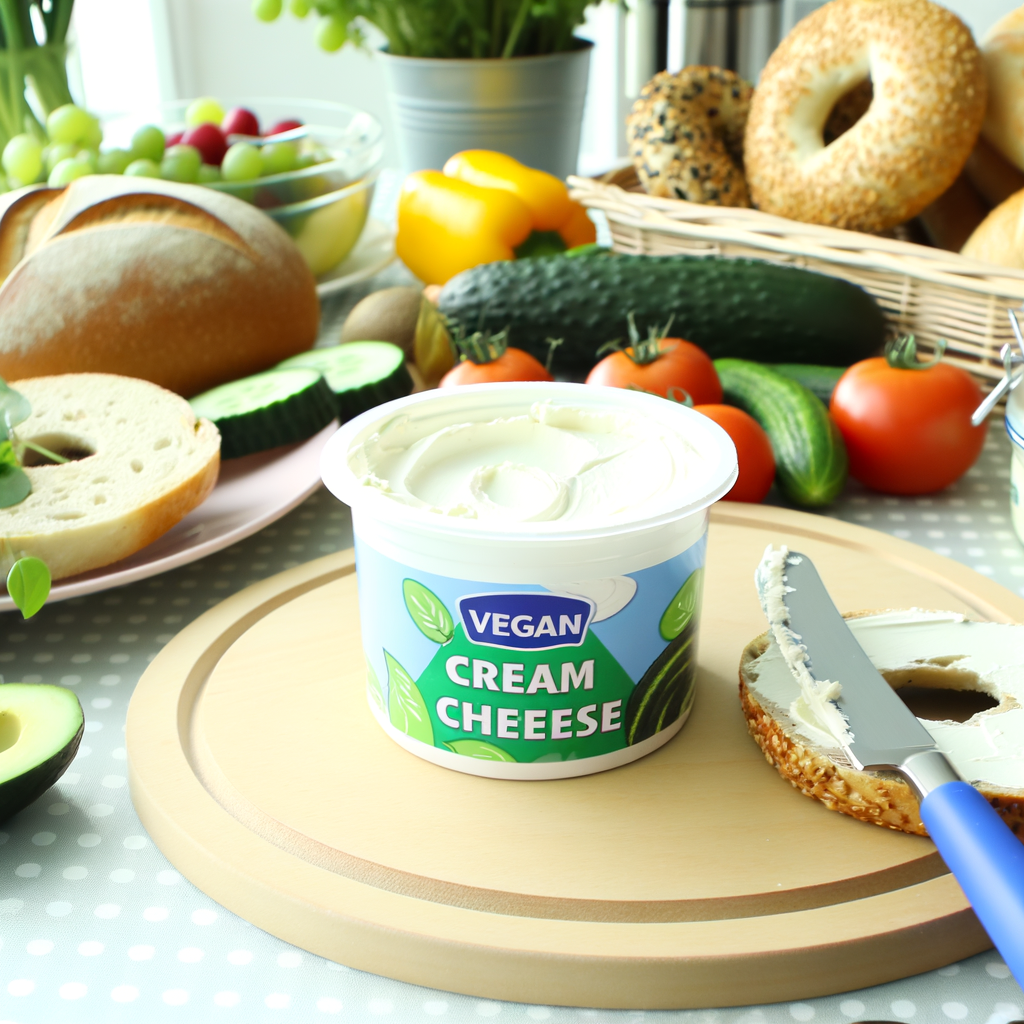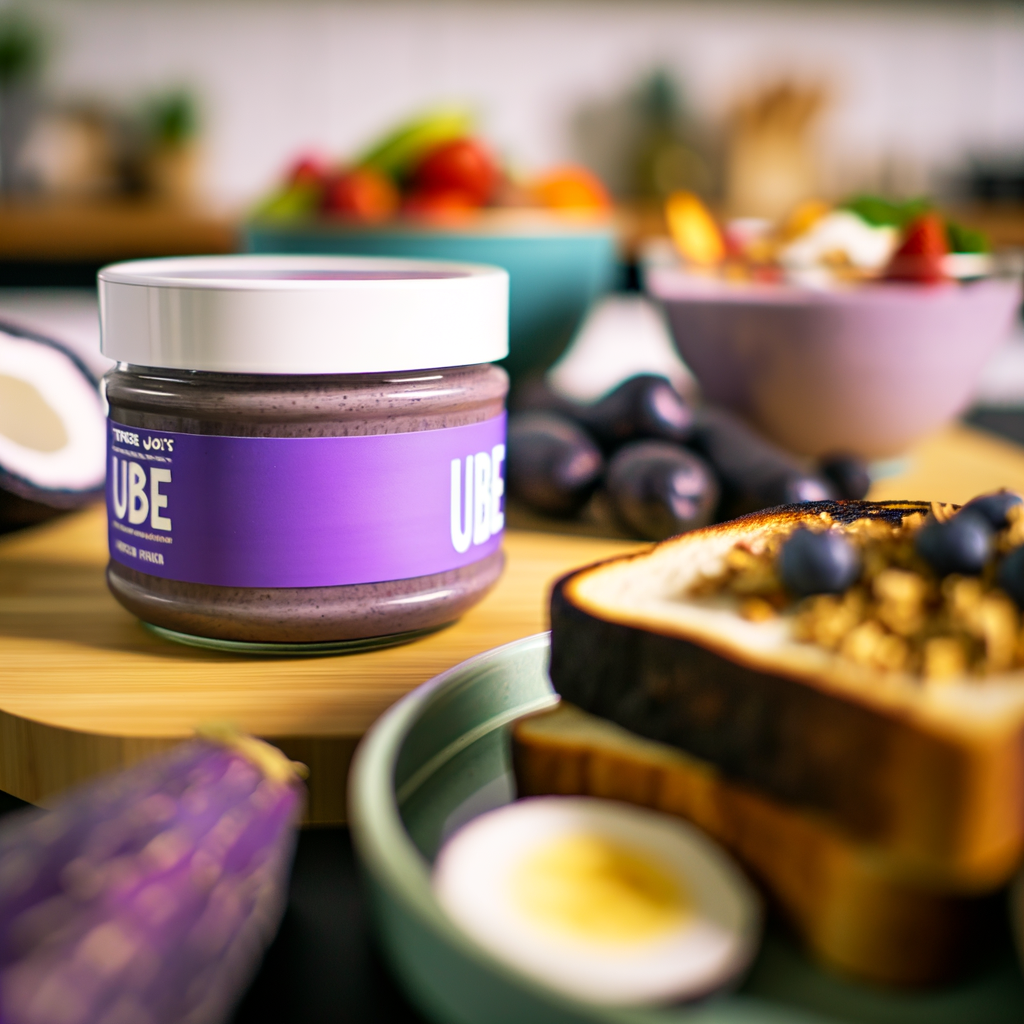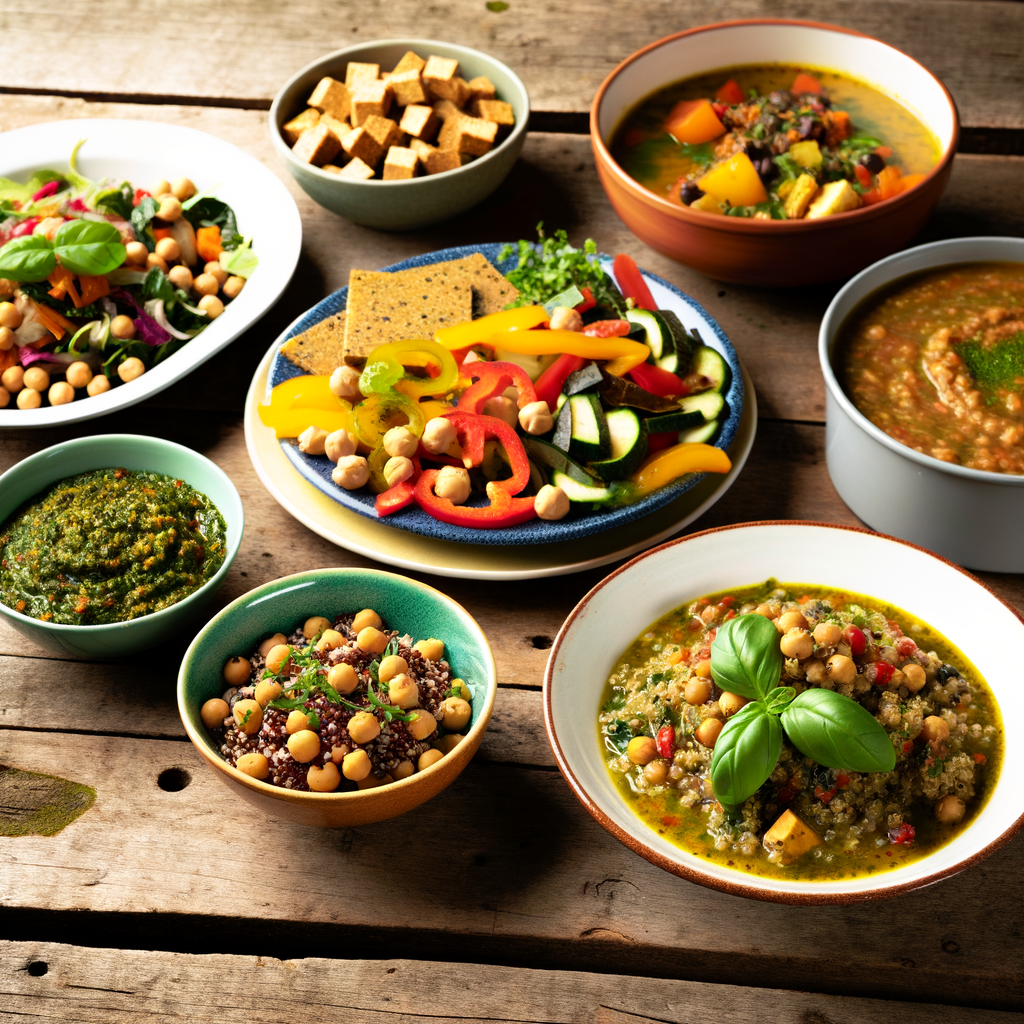Exploring the World of Vegan Cooking with Vibrant Flavors
The realm of vegan cooking is vast and exciting, offering a multitude of flavors and textures that can tantalize any palate. Whether you’re adopting a vegan lifestyle for health, environmental, or ethical reasons, learning to enhance the flavors in your meals can make the transition both enjoyable and rewarding. Below, we’ll delve into innovative approaches for creating mouth-watering vegan dishes that are not only delicious but also nutritious.
The Essence of Vegan Cooking
Embracing veganism doesn’t merely mean removing animal products from your meals; it’s about celebrating the abundance of plant-based ingredients available. The heart of vegan cuisine lies in its potential for creativity, allowing chefs and home cooks alike to explore new flavor profiles and culinary techniques.
**Understanding Key Ingredients**
To master vegan cooking, it is essential to become familiar with some fundamental ingredients that help build flavor and replace traditional animal-based products:
- Nutritional Yeast: This deactivated yeast adds a cheesy, nutty flavor to dishes. It’s a staple in vegan cheese recipes and can be used to enhance sauces and soups.
- Tofu and Tempeh: Both made from soybeans, these versatile proteins absorb the flavors they’re cooked with, making them excellent bases for marinating and grilling.
- Legumes and Pulses: Lentils, chickpeas, and beans are protein-rich and adaptable. Use them in soups, stews, and salads to add both texture and nutrition.
- Plant-Based Milks: Almond, oat, and coconut milk serve as great alternatives to dairy, each bringing its unique flavor and consistency to dishes.
- Spices and Herbs: Essential for bringing depth and dynamism to vegan dishes. Turmeric, cumin, basil, and thyme are just a few examples.
Innovative Techniques and Tips
To elevate vegan cooking, it’s crucial to embrace different culinary techniques that highlight the best of plant-based ingredients.
**Layering Flavors**
Creating complex, satisfying flavors requires more than a single note. By layering flavors, you can build depth in your dishes:
- Searing and Roasting: These methods bring out the natural sweetness in vegetables and enhance their texture.
- Simmering and Stewing: Allowing flavors to meld over time in a stew yields a harmonious and rich-tasting dish.
**Fermentation and Pickling**
Fermentation and pickling are powerful techniques in vegan cooking:
- Fermented Foods: Incorporate sauerkraut, kimchi, or homemade pickles to add a tangy, probiotic element to salads and sandwiches.
- Pickling: Use a quick pickling method for vegetables like radishes and carrots to add brightness and acidity to your meals.
Designing a Balanced Vegan Meal
A well-rounded vegan meal is not only flavorful but also nutritious. Here are some considerations to ensure your meals meet these criteria:
**Combining Macronutrients**
Ensure your vegan meals offer a balance of macronutrients:
- Protein: Source your protein from a variety of legumes, nuts, seeds, and soy products.
- Carbohydrates: Choose whole grains like quinoa, brown rice, and sweet potatoes for energy.
- Fats: Include healthy plant-based fats from avocados, olive oil, and nuts.
**Incorporating Micronutrients**
Vitamins and minerals are crucial for overall health:
- Iron and Calcium: Dark leafy greens, chia seeds, and fortified plant-based milks.
- Vitamin B12: Found in fortified nutritional yeast and certain supplements.
- Omega-3 Fatty Acids: Sources include flaxseeds, walnuts, and algae-based supplements.
Savoring the Experience
Vegan cooking is more than just a dietary choice; it’s an opportunity to explore an array of flavors and culinary experiences. Whether you’re hosting a dinner party or cooking for yourself, the vibrant colors and complex taste profiles of vegan meals can offer joy and satisfaction.
**Experimenting with Global Cuisines**
One of the joys of vegan cooking is exploring global flavors and cuisines. Many traditional dishes from around the world, such as Indian, Middle Eastern, or Mediterranean, are naturally plant-based or can be easily adapted.
- Indian Cuisine: Embrace the rich spices and lentil-based dishes like dal.
- Middle Eastern Dishes: Experiment with hummus, tabbouleh, and falafel.
- Mediterranean Flavors: Enjoy meals with fresh vegetables, olives, and herbs.
In conclusion, vegan cooking is an art form that invites you to unleash your creativity and embrace the diversity of plant-based ingredients. By mastering techniques such as layering flavors, balancing macronutrients, and drawing inspiration from global cuisines, you can craft delightful and healthy meals. Let this journey inspire you to explore new tastes and share delectable vegan creations.











